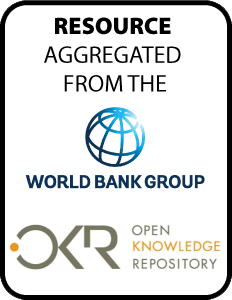Resource information
After the post-war reconstruction period
that started in 1990-1992, Lebanon made spectacular
improvements to repair the scars of the wars by investing
heavily in public infrastructure, roads, highways, airports
and harbors, communications, commercial estates, and high
and middle income housing. The environmental neglect had an
impact on the economy and resulted in a degradation
amounting to US$ 565 million in 2000 or 3.4 percent of Gross
Domestic product (GDP) for local environment and US$ 655
million or 3.9 percent when global environment is included.
Environment has remained a secondary priority, characterized
by an uncompleted legal and institutional framework as well
as by ineffective policies to address the challenges and
political constraints to deliver reforms. These challenges
are: 1) regional disparities in poverty levels are
significant; 2) wastewater connections covered 66 percent of
households in 2007, but wastewater treatment is lagging
behind; 3) municipal solid waste collection seems to have
been resolve, whereas disposal remains a persistent issue;
and 4) Lebanon's natural heritage is being impacted. In
order for Lebanon to meet its environmental challenges,
changes are needed in the way it manages its social and
economic development as well as in the way it makes choices
among competing issues and priorities.


